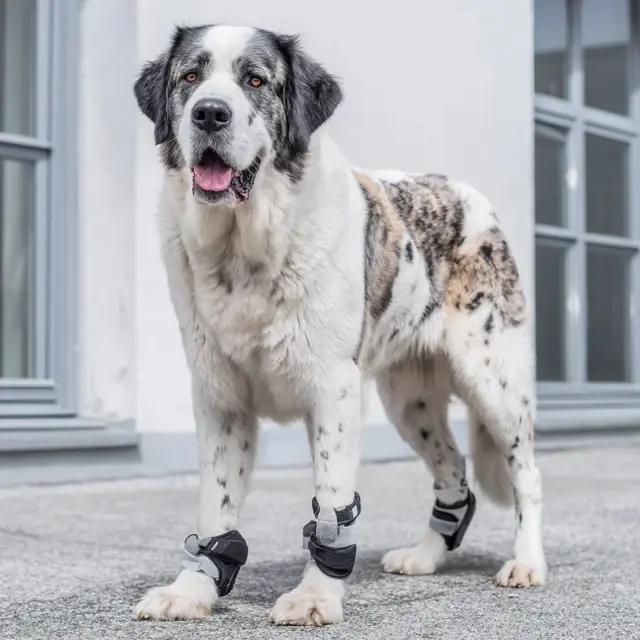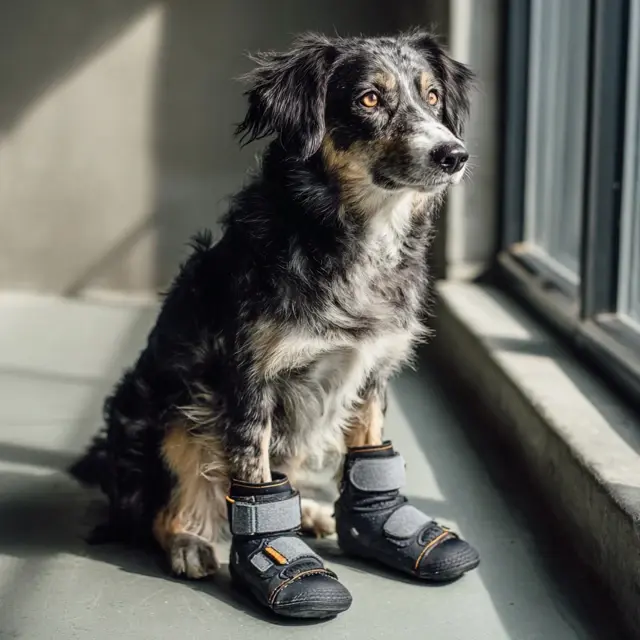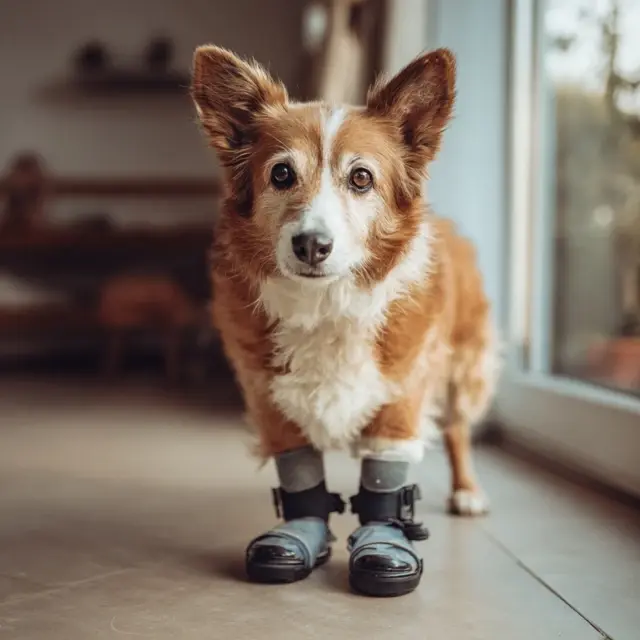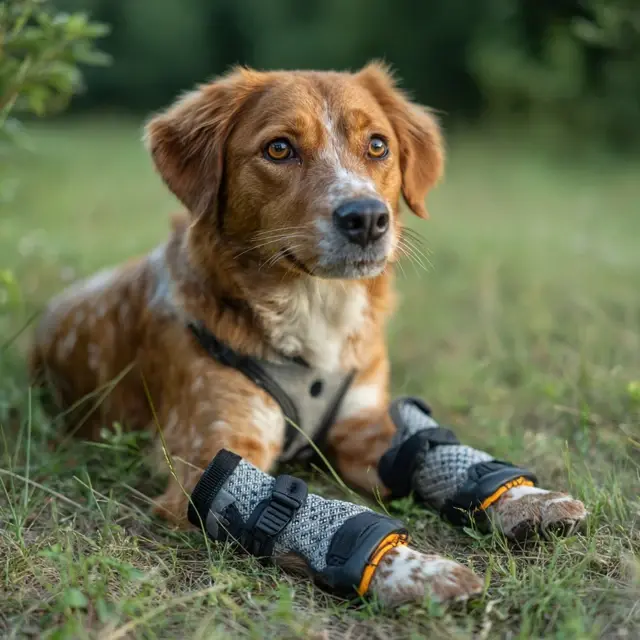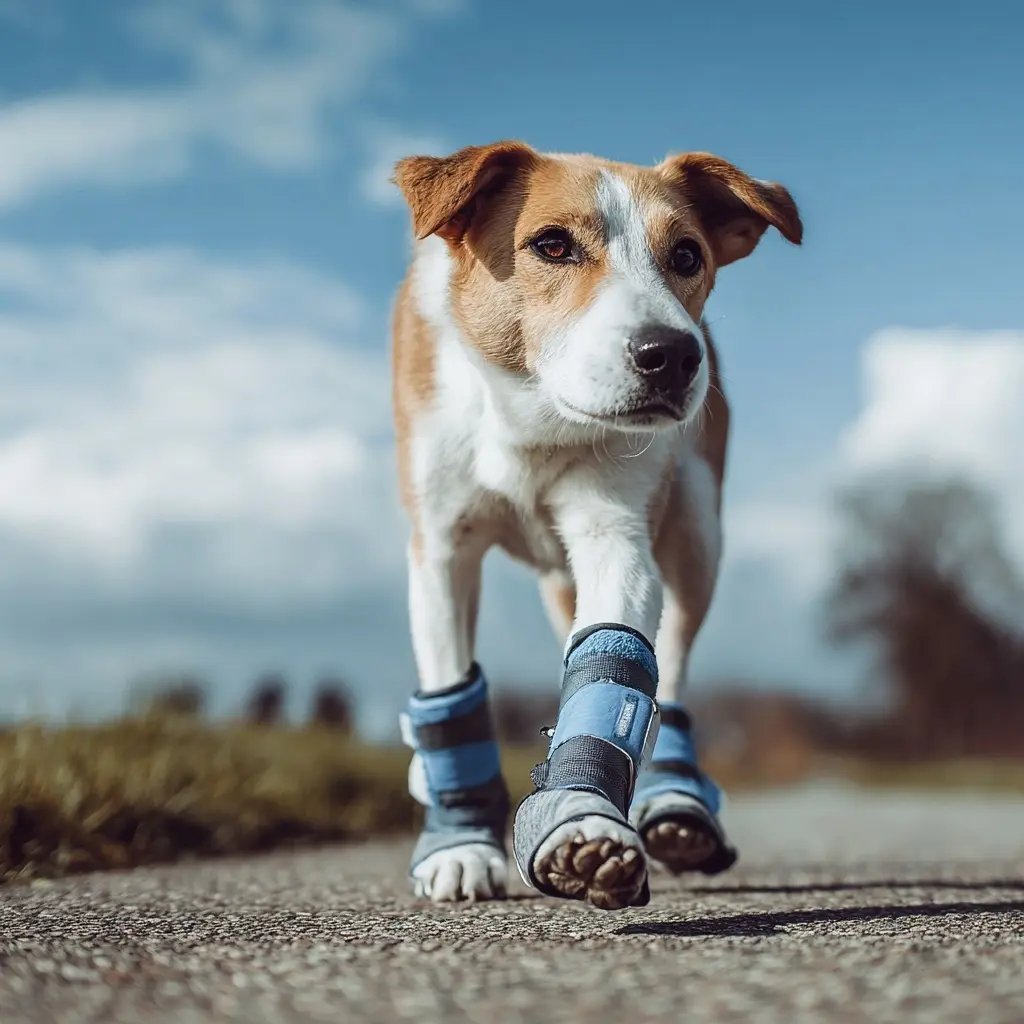Medical Dog Shoes That Support Dogs With Hip Dysplasia
Hip dysplasia is a painful condition that affects many dogs, particularly larger breeds. It causes instability, stiffness, and difficulty walking, making daily activities challenging. Medical dog shoes can play a supportive role in managing this condition by providing traction, reducing slips, and promoting safer movement.
How Hip Dysplasia Affects Mobility
Dogs with hip dysplasia struggle with proper joint alignment, which leads to mobility challenges. Common symptoms include:
- Frequent slipping on smooth surfaces
- Difficulty rising after rest
- Uneven gait or limping
- Muscle weakness in the hind legs
Without supportive tools, these issues can worsen over time, making everyday tasks harder and increasing the risk of secondary injuries.
How Medical Dog Shoes Provide Support
Dog shoes designed for medical purposes aren’t just for paw injuries—they can also help dogs with hip dysplasia live more comfortably. Their benefits include:
- Improved traction: Non-slip soles prevent dangerous falls on tile, wood, or linoleum.
- Stability support: Cushioned designs reduce the strain of walking on sore joints.
- Even weight distribution: Helps minimize pressure on weak hips by stabilizing paw placement.
- Confidence boost: Dogs move more freely when they feel secure with each step.
Key Features of Shoes for Dogs With Hip Dysplasia
Not all footwear is suitable for mobility conditions. Medical dog shoes for hip dysplasia should include:
- Non-slip rubber soles for traction on smooth floors
- Padded insoles to absorb impact and reduce joint pressure
- Adjustable straps for a custom fit
- Lightweight construction to avoid fatigue
- Breathable fabrics for extended comfort
Daily Scenarios Where Dog Shoes Help
Supportive footwear makes a noticeable difference in daily life for dogs with hip dysplasia. Common use cases include:
- Indoor movement: Preventing slips on hardwood or tile.
- Short outdoor walks: Providing balance on uneven terrain.
- Rehabilitation sessions: Supporting exercises prescribed by veterinarians.
- Aging care: Helping senior dogs maintain independence despite mobility loss.
Helping Dogs Adjust to Supportive Footwear
Dogs with hip dysplasia may need time to adapt to shoes. To make the transition smoother:
- Start with short wear times indoors
- Reward with praise and treats for calm behavior
- Gradually increase duration as comfort improves
- Check paws regularly for irritation or poor fit
Additional Benefits Beyond Hip Support
While primarily aiding hip dysplasia, these medical shoes also:
- Protect sensitive paws from rough or hot surfaces
- Support other joint-related conditions
- Encourage consistent movement to reduce stiffness
- Provide owners with peace of mind during recovery walks
Conclusion: A Step Toward Easier Mobility
Medical dog shoes that support dogs with hip dysplasia are more than accessories—they are essential mobility aids. By improving stability, preventing slips, and reducing strain, they help dogs regain confidence and enjoy a better quality of life despite joint challenges.
Related reading: Check out our article on non-slip dog shoes for weak legs to learn more about footwear that enhances mobility support.
